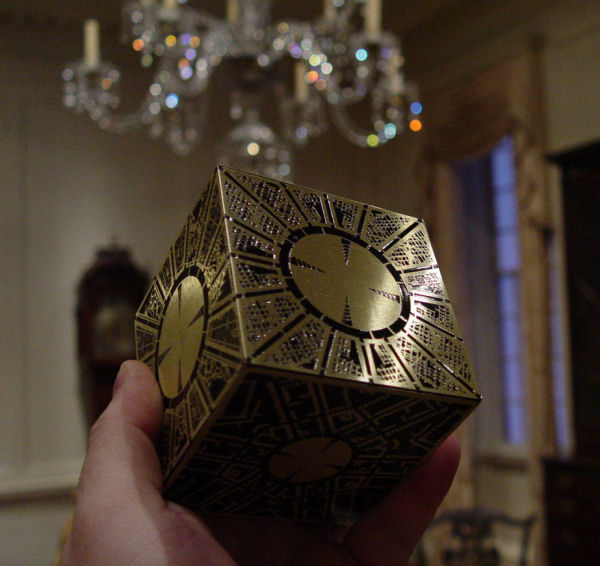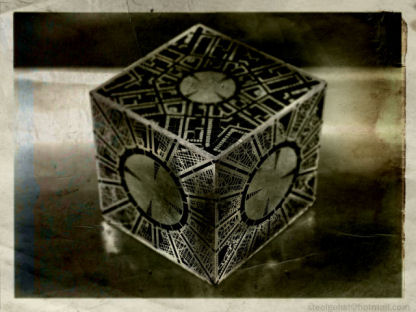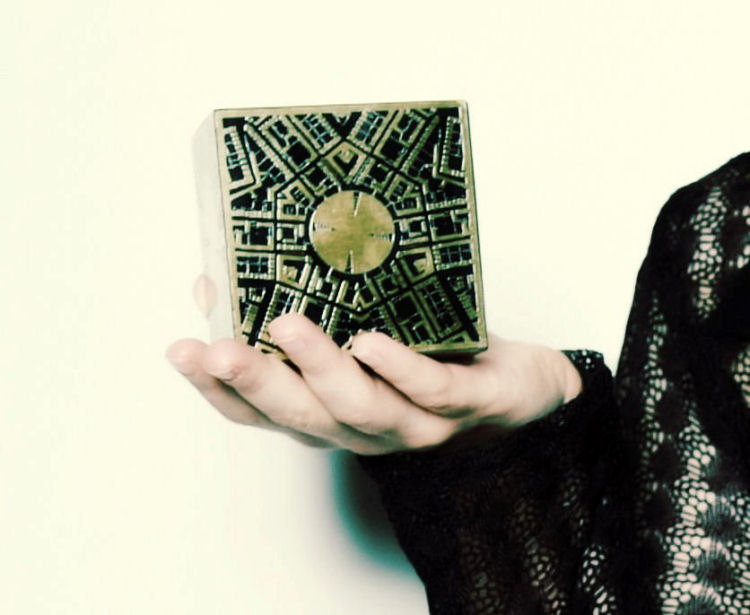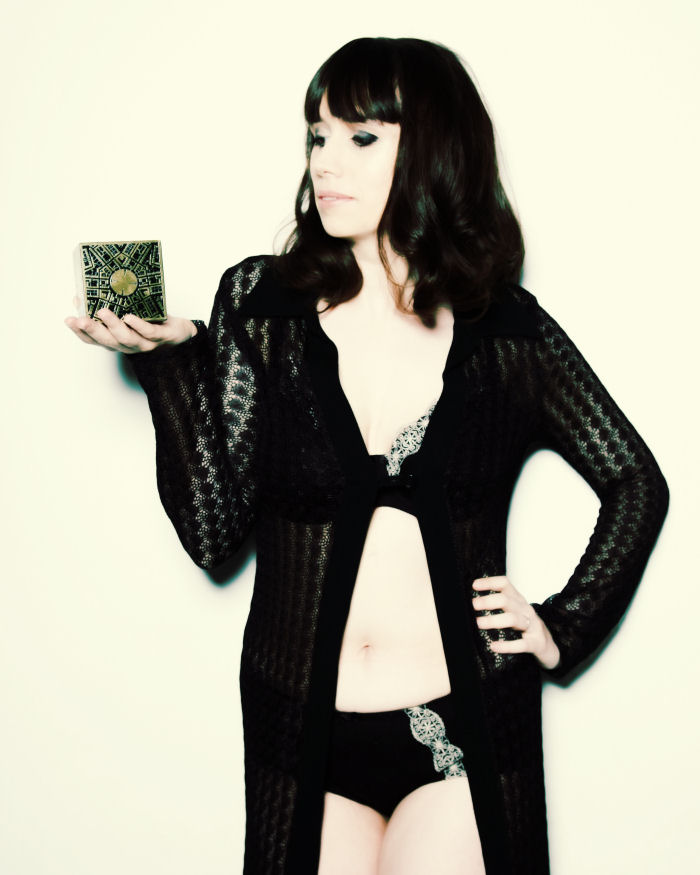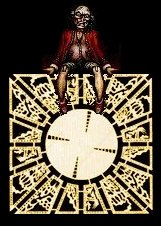Further
research uncovered The Journal of Samuel Waterfield, written by an
Englishman who lived in France between 1746 and 1750, in which The
Hollow Heart was again mentioned. However, scholars now knew that it
had been created in France in 1749, and by analysing the various
journal entries, that it was probably completed in late November.
Presented here is the journal extract that was the first step on the
journey to uncovering the details of one of LeMarchand’s
“missing” puzzle boxes.
“It was only upon my third
meeting with LeMarchand that I witnessed some of the subdued menace
that many others had spoken of, and which I had previously assumed was
borne from professional jealousy. In the previous two meetings, he had
been nothing but a gentleman, and I must admit, I was most surprised by
his behaviour considering the stories I had heard of him.
However, my opinion was altered at a social gathering to commemorate
the anniversary of the death of some local philanthropist – I
rarely kept up with local politics and most of the time only turned up
to such engagements in order to keep my dear wife happily immersed in
whatever gossip spreads in those circles. But I digress,
something I am, alas, prone to do and will endeavour to avoid in
future. Returning to my tale, I had left my wife in the
company
of some painfully dull friends of hers and had decided to try and seek
out LeMarchand who I was reliably informed, had arrived some thirty
minutes previous.
Though it didn’t take me long to locate him, I was unable to
speak to him. The truth is, it was less that I was unable to,
but
more that I no longer felt the desire to do so. As I had
approached from across the room, I witnessed LeMarchand being
introduced to a surprisingly young gentleman I did not
recognise.
It was clear that LeMarchand not only already knew who this mysterious
gentleman was, but that they had some sort of history
together.
The tension that built as the two set eyes upon each other spread out
across the large room, and lowered every voice to barely a
whisper. I failed to hear the precise words exchanged, few
that
there were, but I gleamed a few details. The man was also French, that
much was obvious, and seemed very much surprised to see LeMarchand, who
I thought I heard address the man as Jacques though I could not say for
certain. I heard talk of a Princess, perhaps someone they
both
knew. Before I could covertly position myself any nearer,
LeMarchand turned on his heels and removed himself from the
conversation. Part of me desired to follow him and see if I
could
gleam more secrets of the mysterious confrontation, but having seen the
look in LeMarchand’s eyes before he left, I decided against
that
course of action. The gaze he had given
“Jacques” was
so full of menace and contempt, that even to think of it now fills me
with feelings of unease.
Some days later I heard rumour that LeMarchand, so incensed by the
encounter, had left the house and immediately travelled back to his
abode to begin work on a new puzzle. I do not know the truth
of
this rumour, but I do know that it was but a fortnight later that
LeMarchand first presented a new puzzle box that he referred to as The
Hollow Heart.”
|
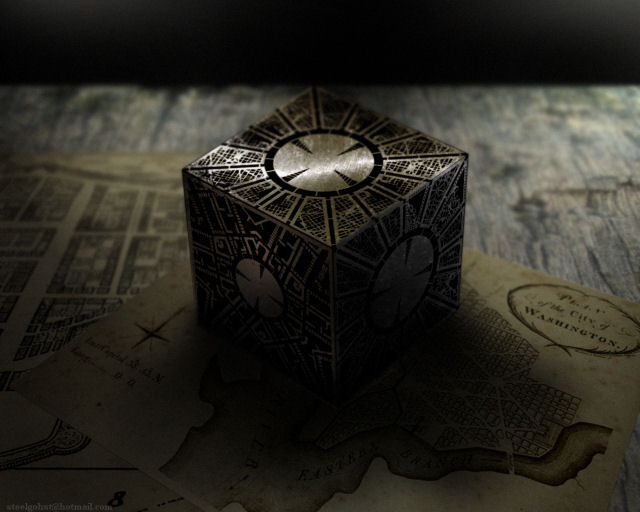
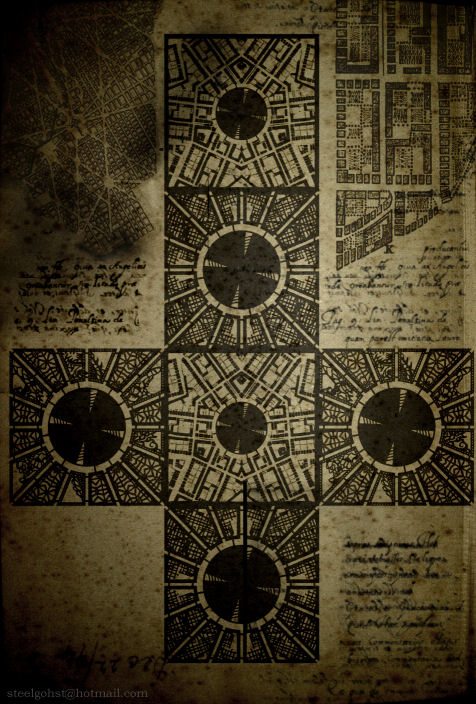
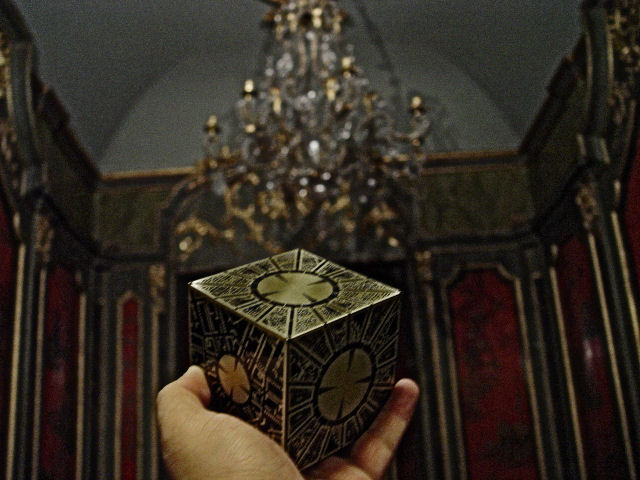
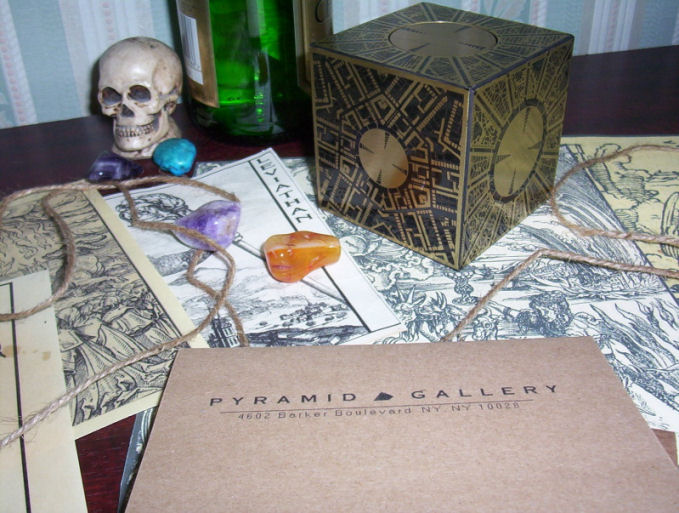
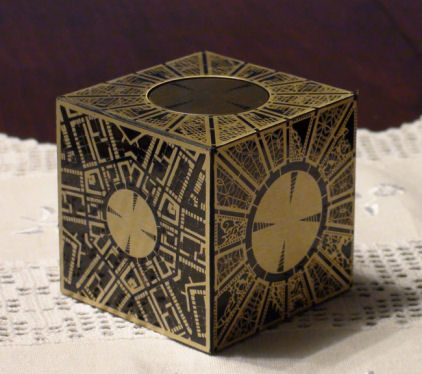
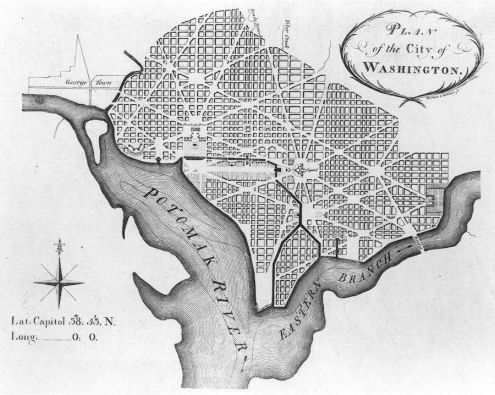

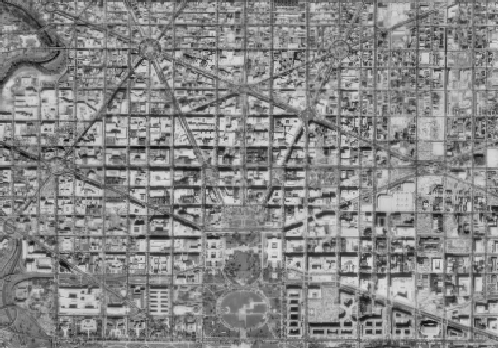
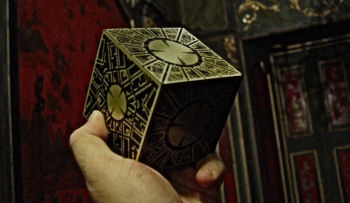
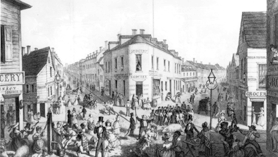
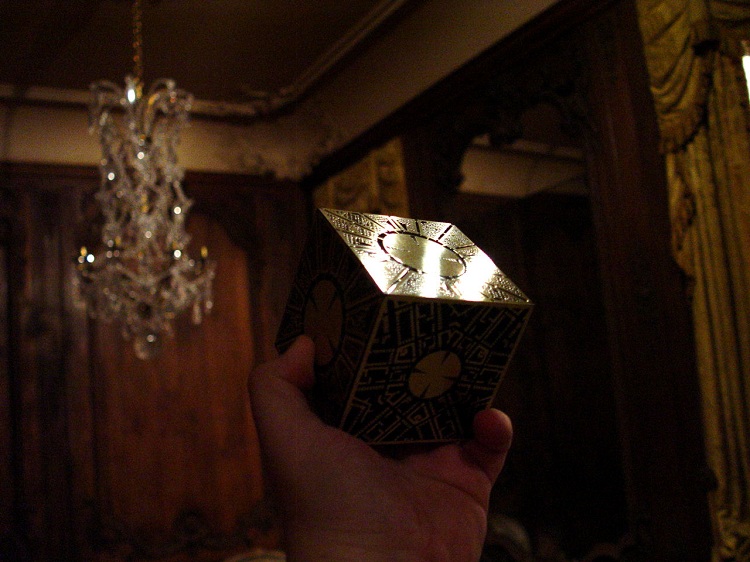
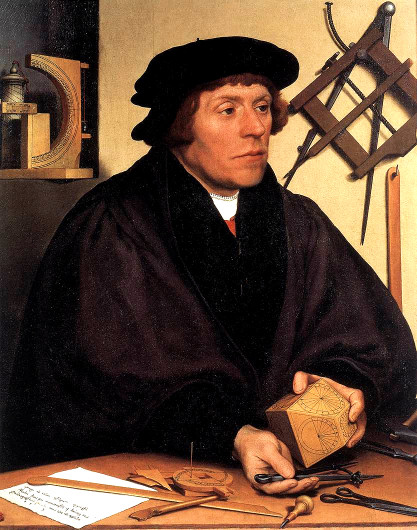
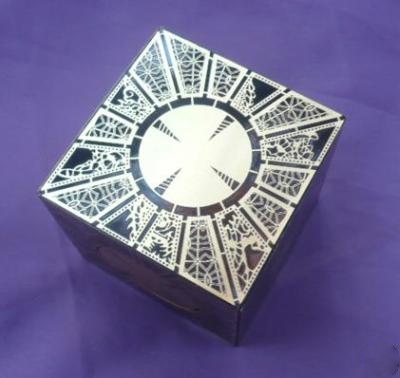
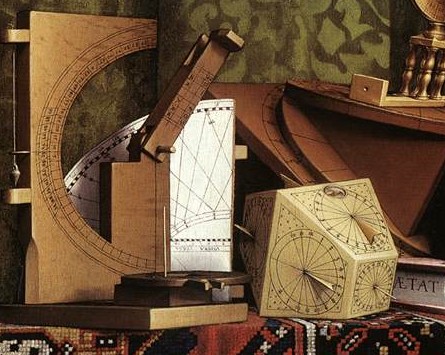
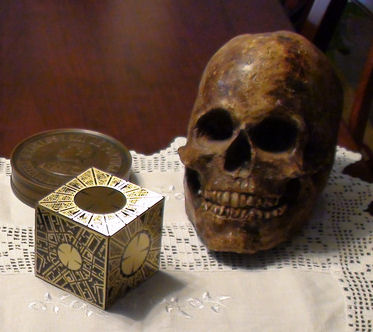
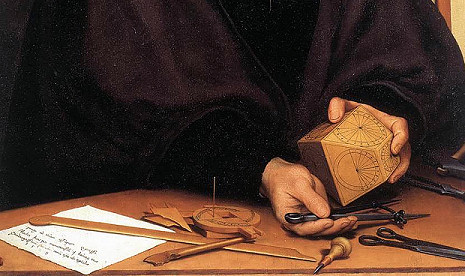
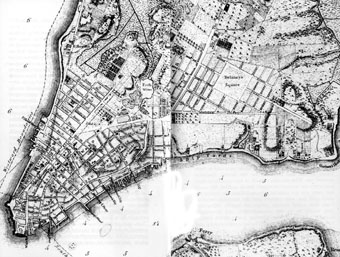
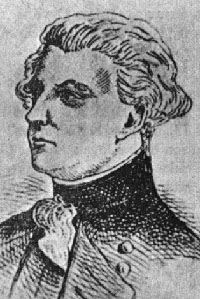
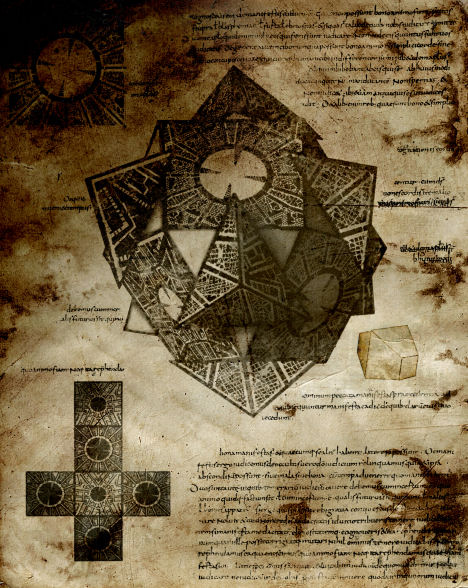 .
.